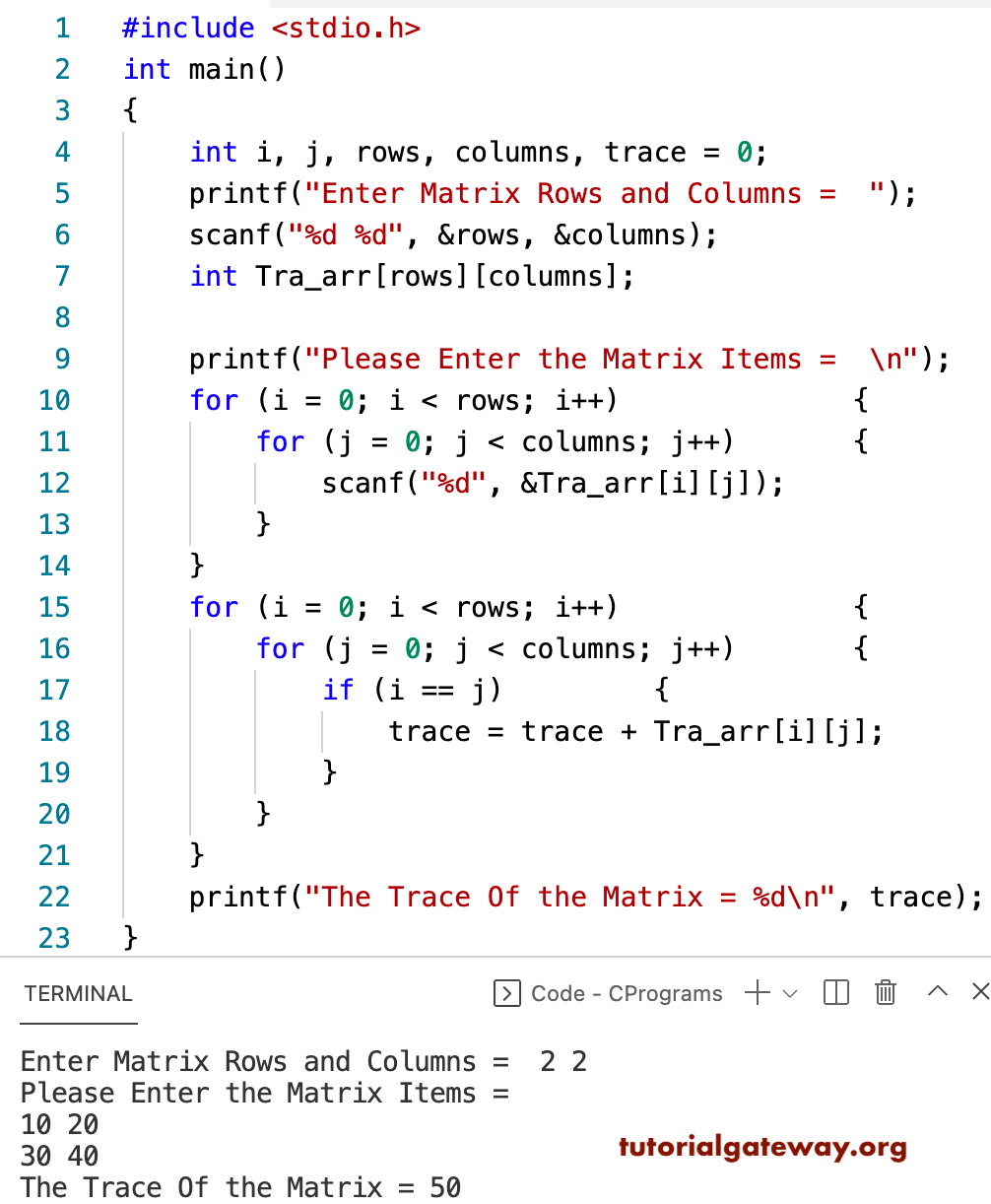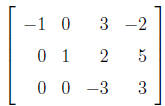

Using either EPM or CPM, the probabilities for each available mutation is determined given the genotype and drug. (A genotype that is at a peak will not undergo mutations.) (Whether CPM or EPM gives better estimate depends on the context: CPM is valid for moderate fitness differences, whereas EPM may be more accurate in a case where fitness differences are substantial.) For both models, a given genotype undergoes some mutation with probability 1, unless the genotype is at a peak. However, according to CPM, mutants of higher fitness are more likely to go to fixation in this case formulas giving the exact probabilities are known. According to EPM all beneficial mutations are equally likely to occur. The probabilities for beneficial mutations can be estimated using the correlated fixation model (CPM) and the equal fixation model (EPM). We continue to assume SSWM, so that the probability that a deleterious mutation goes to fixation is zero. The resulting set of fitness landscapes is the starting point for a quantitative analysis. The empirical part of this type of study is to estimate fitness (largely determined by the degree of drug resistance) for each genotype via laboratory experiments. Following, we assume that one drug in the treatment plan induces exactly one mutation. For a given population, our optimization problem is to find the treatment plan that maximizes the probability to return to the wild type. In general, given a set of genotypes Σ L and available drugs, consider all treatment plans where we use a sequence of exactly k available drugs (potentially using the same drug several times).

Our goal is to find an optimal two-drug treatment plan by maximizing, over all sequences of two drugs, the sum of the probabilities for the two adaptive walks shown. In contrast, Darwinian processes where several mutations accumulate may produce very problematic novel genotypes. For instance, physicians have decades of experience of treating TEM-1 (the wild type in the TEM family). Such an outcome is medically beneficial because there tend to be many treatments for the wild type. A desirable outcome of a treatment (i.e., a sequential application of a set of drugs) is that the population returns to the wild type.

Ī recent approach to design treatment plans includes a careful analysis of evolutionary scenarios.
Trace of a matrix full#
(Complications, such as an individual patients who are unable to use a particular drug, may prevent full implementation of this strategy.) Historically, drug cycling trials have had mixed results, perhaps because treatment plans were not designed in a systematic way. The general method is to use one drug at a time in a given setting, periodically switching the drug in use. Drug cycling, or drug rotation, can be used as a strategy for managing resistance problems in hospitals. Kristina Crona, Emilie Wiesner, in Algebraic and Discrete Mathematical Methods for Modern Biology, 2015 3.4 Fitness Graphs and Drug CyclingĪntibiotic resistance is a serious health problem. (See Problem 16.) If λ is an eigenvalue of A, there must exist an eigenvector x such that Ax = λ x. Other cases are handled by mathematical induction. We prove the result for the special cases k = 2 and k = 3. If λ is an eigenvalue of A, then λ k is an eigenvalue of A k, for any positive integer k. If x is an eigenvector of A corresponding to the eigenvalue λ, then x is an eigenvector of α A corresponding to eigenvalue αλ. Multiplying both sides of this equation by α, we obtain (α A) x = (αλ) x, which implies Property 5. If λ is an eigenvalue of A, then there must exist an eigenvector x such that Ax = λ x. If λ is an eigenvalue of A, then αλ is an eigenvalue of α A, where α is any arbitrary scalar. If x is an eigenvector of A corresponding to the eigenvalue λ and if A is invertible, then x is an eigenvector of A −1 corresponding to the eigenvalue 1/λ.


 0 kommentar(er)
0 kommentar(er)
